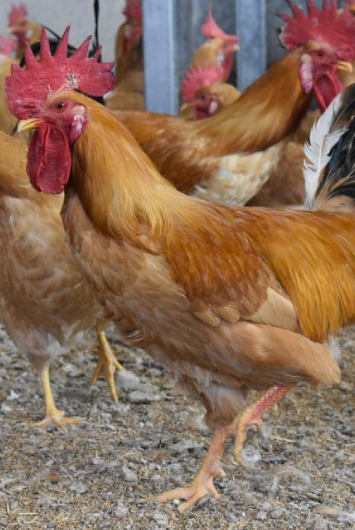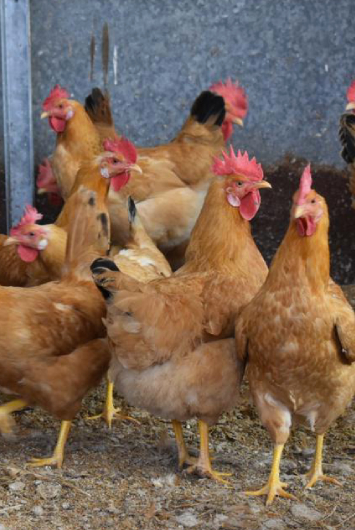BIONDA PIEMONTESE
The Bionda Piemontese is a poultry breed distributed in Piedmont (north-west Italy) as early as the 1930s. Due to industrialization and intensive agriculture in the first post-war period, the Bionda Piemontese was in danger of extinction. Since 1999, the Professional Institute for Agriculture and Environment of Verzuolo (CN) has launched a recovery project for this breed, leading to the creation of a breed standard, approved by the Italian Federation of Poultry Associations (FIAV) in 2007. Bionda Piemontese was a Slow Food presidium until 2017. Since 2014, the University of Turin has created a genetic conservation and improvement program for this breed.
Description
The Bionda Piemontese has a robust shape, suitable to produce both meat and eggs. The plumage is fawn, and the tail can be black or blue, set high and carried open. The skin has a particularly intense pigmentation, of a yellow color, as well as the tarsi and the beak. The simple crest of an intense red color has 4 to 6 teeth. The animals are slaughtered from 5 months of age, with a weight ranging from 2.5-2.8 kg for the male, to 2.0-2.3 kg for the female. The deposition is concentrated in the spring-summer period. The Bionda Piemontese lays 180-200 egg/year. The egg weight is 55-65 g with a light pink color.


